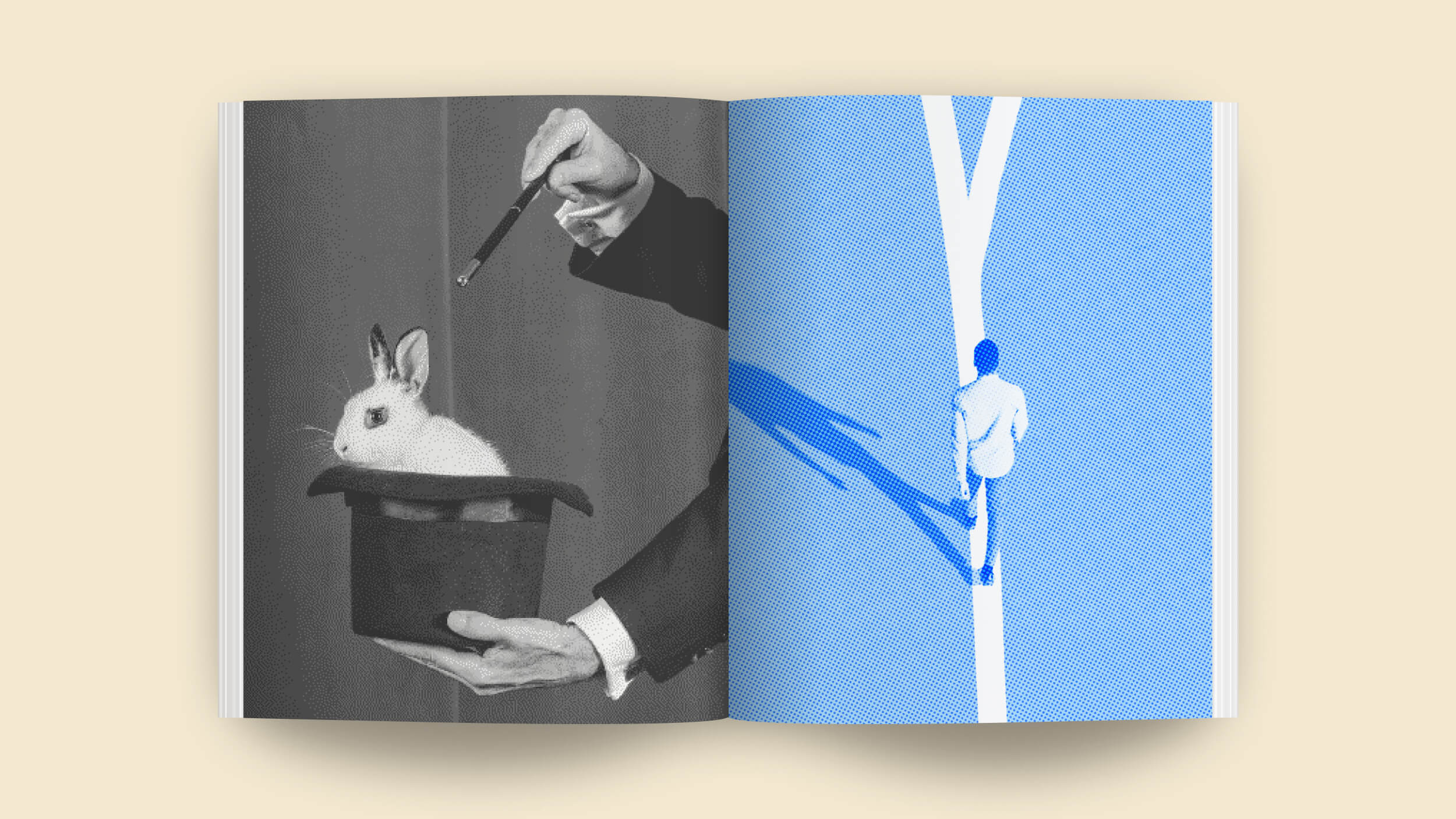Sign up for the Smarter Faster newsletter
A weekly newsletter featuring the biggest ideas from the smartest people
Perhaps the most iconic Halloween costume is that of the vampire. Its long black cape, shiny medallion, powdery complexion, and long, white fangs are the result of a legend that stretches hundreds of years back to eastern Europe. And its fangs in particular betray a similarity to bats and dogs — animal forms which the vampire was thought capable of taking on, explains science journalist Kathleen McAuliffe.
The vampire myth has a fascinating origin story, and while no single source of the legend can be confirmed, there are indications that it was originally inspired by the viral disease of rabies.
Known for being extremely sensitive to light, vampires share the characteristic of being hyper sensitive to stimuli with rabies patients. “And if you think about vampire legend,” says McAuliffe, “vampires hate light that’s why they’re nocturnal.” One potential guard against the vampire threat in 18th century eastern Europe was to pour water around the grave of an individual who might rise up and become a vampire. This bears a remarkable similarity to individuals infected with rabies, who are hydrophobic, meaning they are frequently tormented by the sight or sound of water.
Of course myths change over time and vampires are now sometimes thought of as eternal creatures, at least if they manage to find a continual source of nourishment, i.e. human blood. But when societies believed vampires were real, it was thought they lived for just 40 days — the same lifespan of someone once they had become infected with rabies.
Kathleen McAuliffe’s book is This Is Your Brain on Parasites: How Tiny Creatures Manipulate Our Behavior and Shape Society.

Kathleen McAuliffe: One parasitic manipulation, and perhaps the oldest one known on the books is what the rabies virus does. As everyone knows once a rabid animal bites you the virus can then travel to the brain. And what it does is it invades the hypothalamus, which is the center of the brain that controls all our most fundamental drives, for example, anger and aggression, hunger and your sex drive. And it's not commonly known but an atypical symptom of rabies is hyper sexuality. And people who become infected can occasional just develop this veracious appetite for sex. And there are a number of scientists who think that the vampire legend actually is based on rabies, that its rabies that was the inspiration for it because as we know, for example, vampires are hyper sexual.
Another aspect of rabies in people is that it makes people very sensitive to any kind of stimuli. So, for example, even the lightest breeze can make somebody agitated. And people with rabies also they hate strong light. It really bothers them. And they for reasons no one understands they become hydrophobic, which is to say they are tormented by the site of water or hearing water splashing in a basin. And if you think about vampire legend, vampires hate light that's why they're nocturnal and in the 18th century when a lot of vampire legends swept Eastern Europe it was thought that pouring water around the grave of a person would keep them from rising at night and becoming a vampire. Also in Eastern Europe at that time it was believed, and these weren't just legends, they believed that this was a true risk, but it was thought that some people could rise from their beds at night and then assume the form of a dog or wolf and attack people or rape people. So you can see how vampirism may be in some ways inspired by what rabies does to people.
And, of course, vampires are more likely to assume the form of dogs, which we know can be one vector of rabies, but also bats, which can spread rabies. And then finally, this is an interesting link, it typically takes about 40 days from the time a person is bitten by a rabid animal until their death and vampires, according to legend, lived 40 days.






